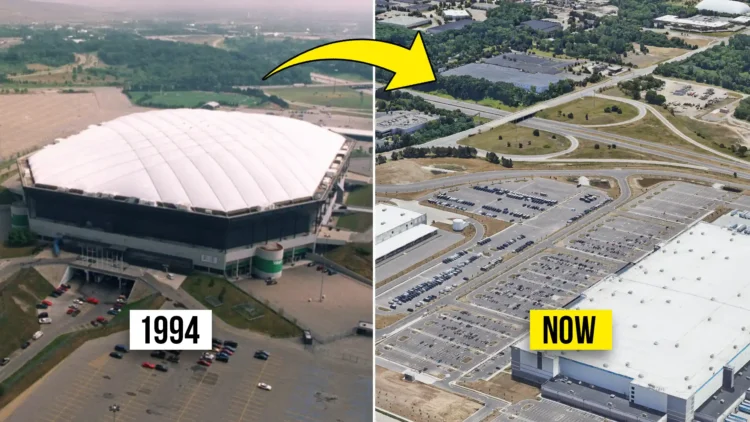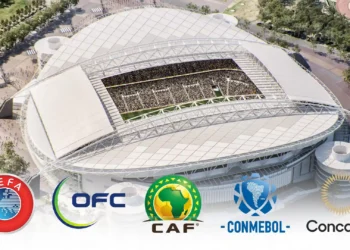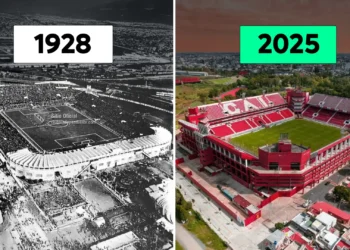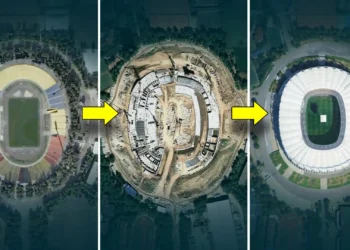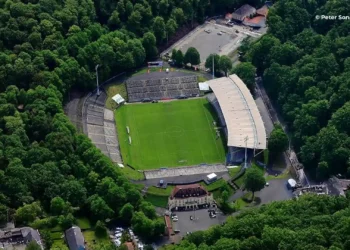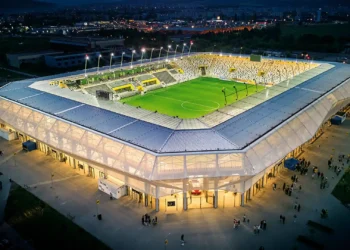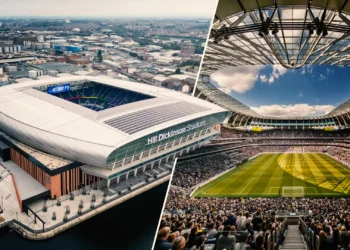The 1994 FIFA World Cup in the United States was groundbreaking.
It set new attendance records (still unbeaten today), introduced millions of Americans to the global game, and paved the way for the creation of Major League Soccer (MLS).
Unlike most World Cups, the USA primarily used large multi-purpose stadiums — mostly built for American football — instead of soccer-specific arenas. Nearly 30 years later, all nine venues are still standing, and most remain heavily used.
Stadium-by-Stadium Breakdown
🏟️ Rose Bowl (Pasadena, California)
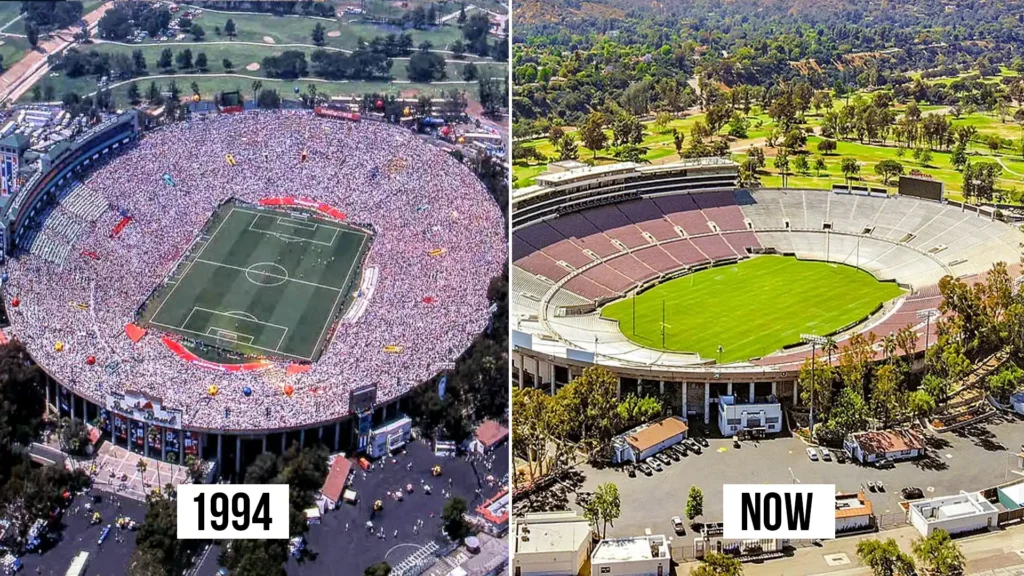
- Status: Historic, occasional use
- Capacity: ~92,000.
- Hosted the 1994 final (Brazil vs Italy).
- Still used for college football (UCLA Bruins), concerts, and special soccer events (including Gold Cup & friendlies).
- Not an MLS home, but remains an iconic football venue.
🏟️ Stanford Stadium (Stanford, California)
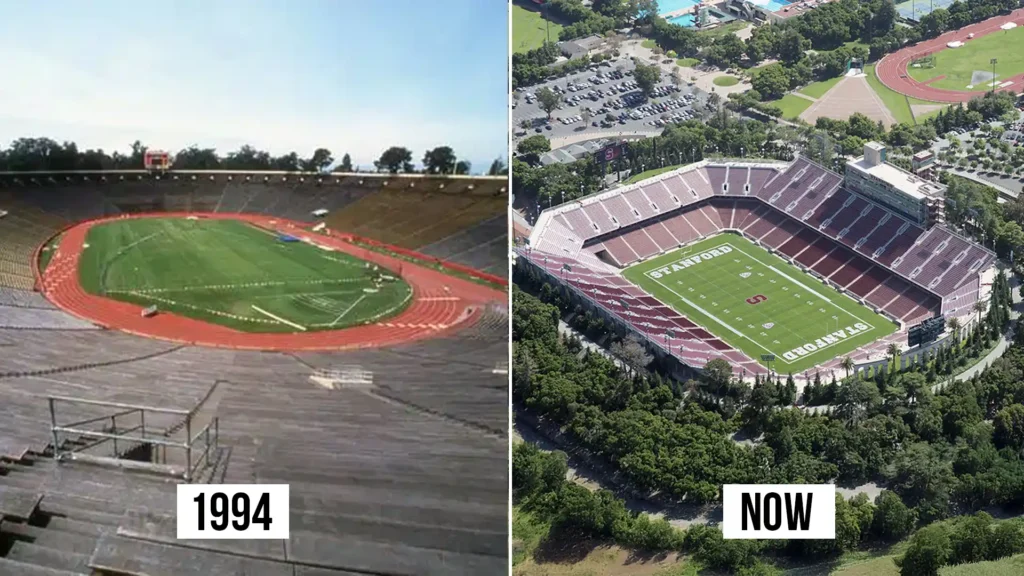
- Status: Active, but college-focused
- Capacity: 50,000 (rebuilt in 2006).
- Used mainly for Stanford University’s American football program.
- Soccer only occasionally, but the stadium is modern and well-kept.
🏟️ Pontiac Silverdome (Pontiac, Michigan)
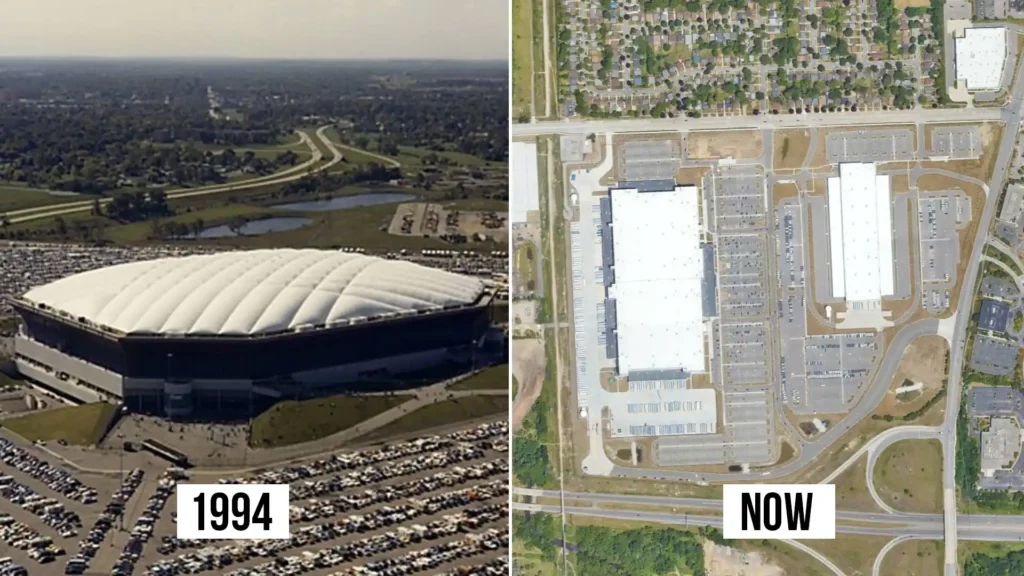
- Status: Demolished (2017)
- Capacity: 80,000 at the time.
- First indoor stadium used at a World Cup.
- Fell into disrepair after the NFL’s Detroit Lions left in 2002.
- Demolished after years of abandonment.
🏟️ Giants Stadium (East Rutherford, New Jersey)
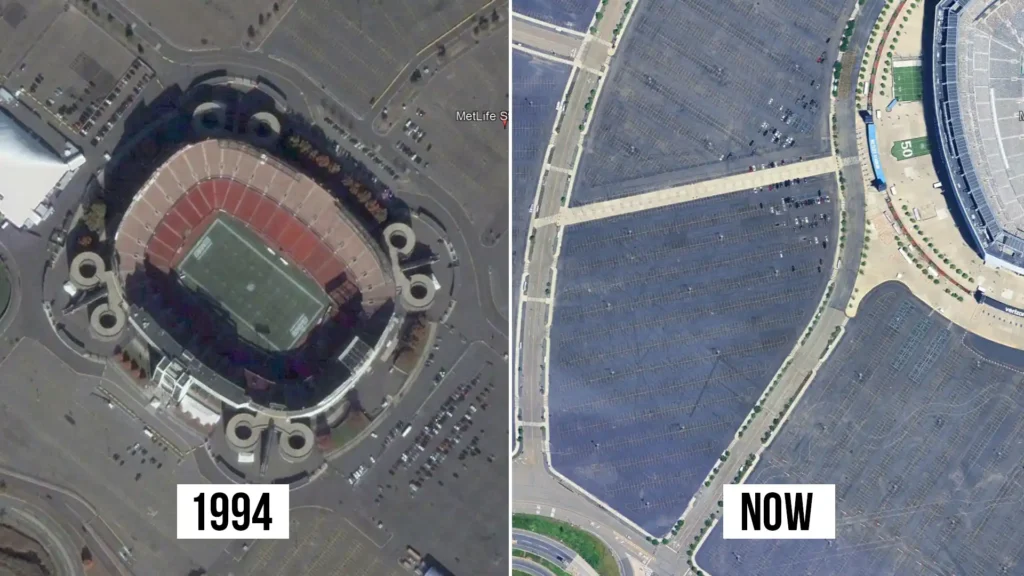
- Status: Replaced by MetLife Stadium
- Capacity: 80,000 at the time.
- Home of NFL’s Jets and Giants, also hosted NY/NJ MetroStars (early MLS).
- Demolished in 2010, replaced by MetLife Stadium (82,500), which will host the 2026 World Cup Final.
🏟️ Foxboro Stadium (Foxborough, Massachusetts)
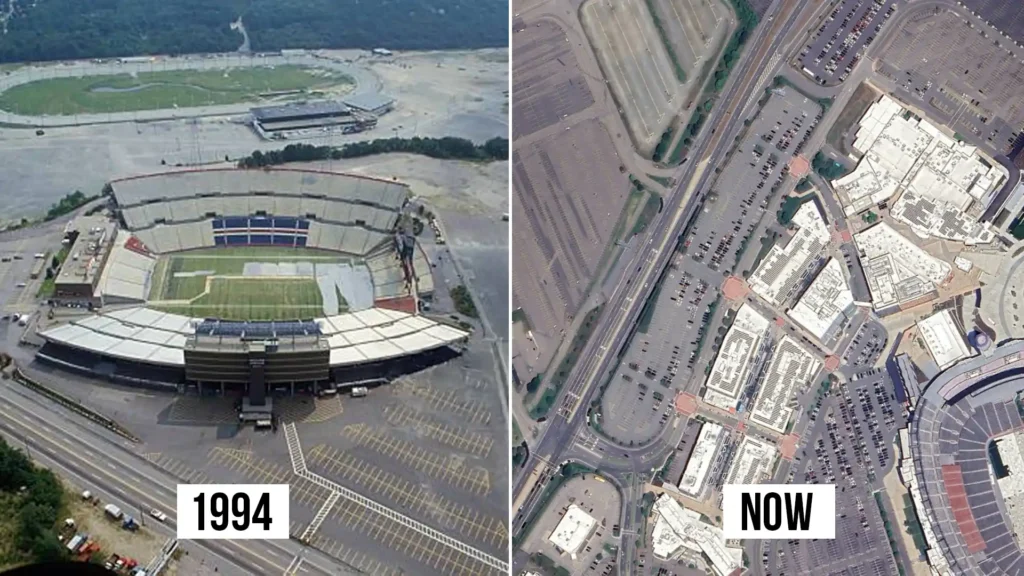
- Status: Replaced by Gillette Stadium
- Capacity: 60,000 at the time.
- Demolished in 2002, replaced by Gillette Stadium (65,000).
- Home to the New England Patriots (NFL) and New England Revolution (MLS).
- Gillette will be a 2026 World Cup venue.
🏟️ Soldier Field (Chicago, Illinois)
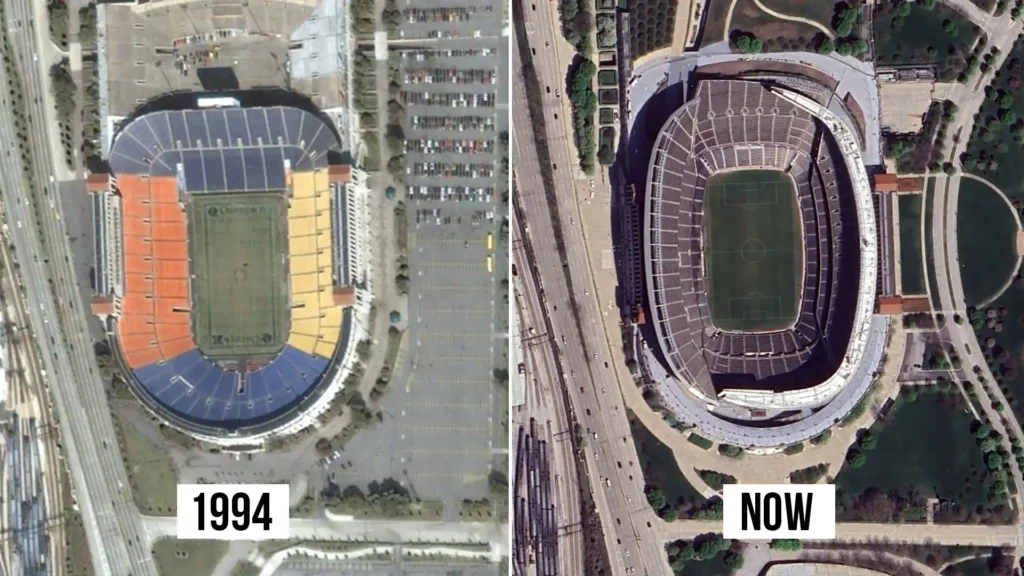
- Status: Thriving
- Capacity: 61,500.
- Renovated in 2003 with a modern design.
- Home of the NFL’s Chicago Bears and occasional USMNT/USWNT matches.
- Strong multi-event calendar.
🏟️ Cotton Bowl (Dallas, Texas)
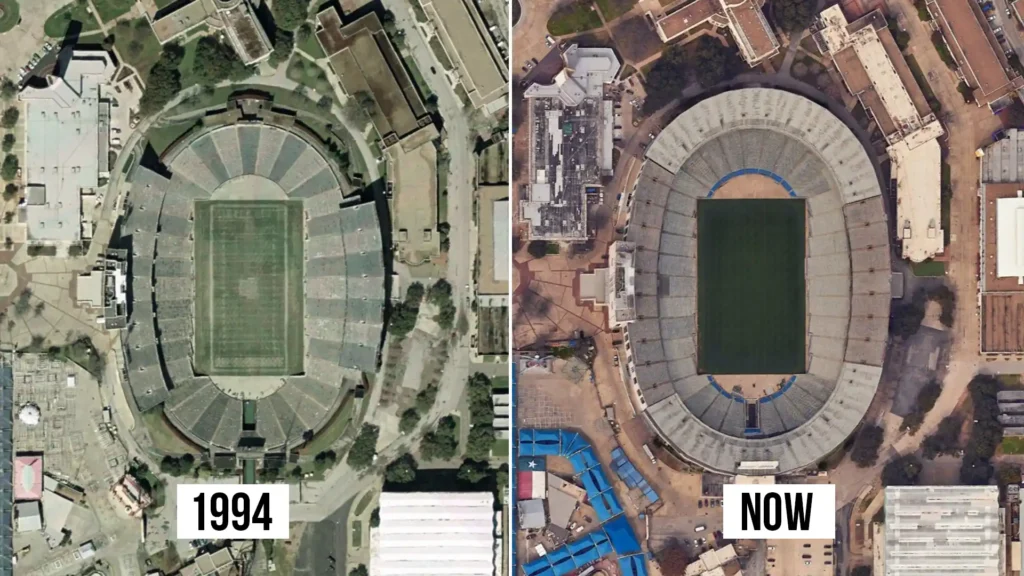
- Status: Active, but secondary
- Capacity: ~92,000.
- Historic venue, used for college football, concerts, and occasional soccer matches.
- Temporarily hosted FC Dallas in MLS, but now overshadowed by AT&T Stadium nearby (a 2026 venue).
🏟️ Citrus Bowl (Orlando, Florida)
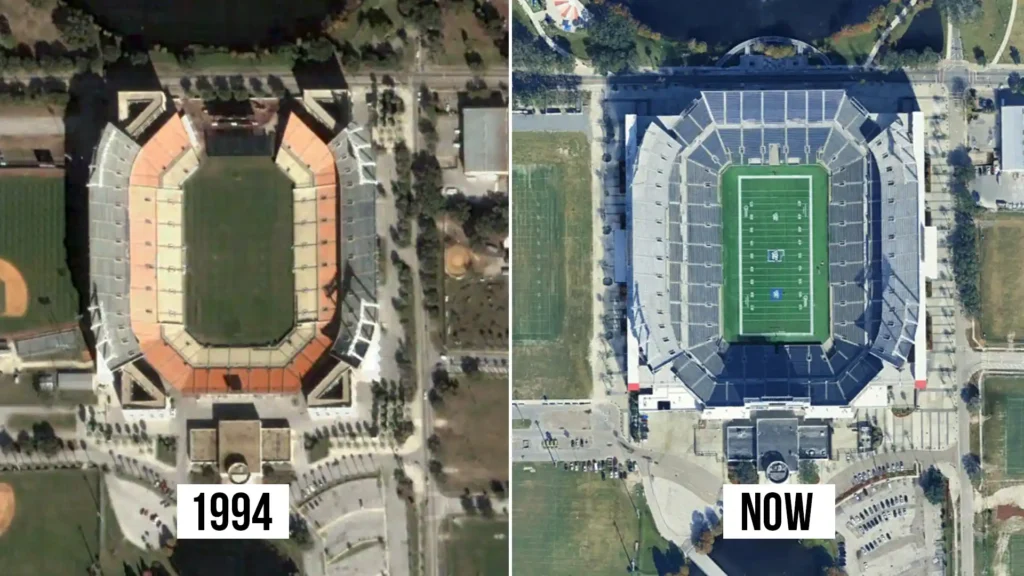
- Status: Active (as Camping World Stadium)
- Capacity: 60,000.
- Renovated in 2014.
- Hosts college football, concerts, and occasional soccer events (Gold Cup, friendlies).
- Still in strong use.
🏟️ RFK Stadium (Washington, D.C.)
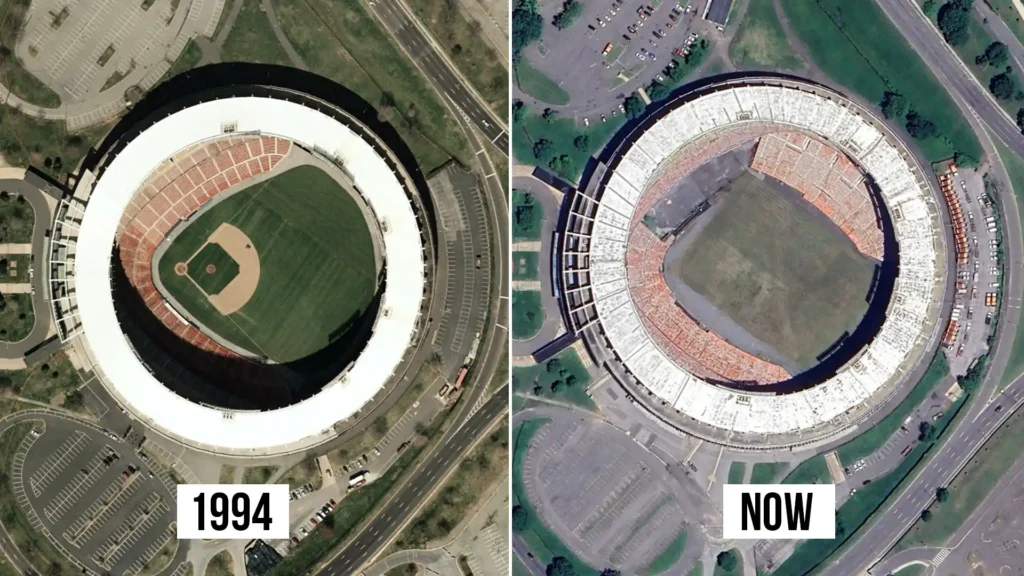
- Status: Closed, awaiting demolition
- Capacity: 56,000.
- Hosted World Cup group matches and D.C. United (MLS) until 2017.
- Fell into disrepair, officially closed in 2019, demolition ongoing.
Winners and Losers
✅ Thriving/Still Active: Soldier Field, Rose Bowl, Citrus Bowl, Cotton Bowl, Stanford.
👌 Replaced/Upgraded: Giants (→ MetLife), Foxboro (→ Gillette).
❌ Gone: Pontiac Silverdome (demolished), RFK Stadium (closed, to be demolished).
Conclusion
The 1994 World Cup stadiums were never built for soccer — they were mostly giant NFL and college football venues. Yet this unconventional model worked:
- They drew record-breaking crowds.
- Many were later replaced by modern NFL/MLS-ready stadiums.
- Several sites (MetLife, Gillette, Rose Bowl) continue to shape US soccer history.
Lesson: USA 1994 proved that big stadiums + big markets can launch a soccer legacy, even without soccer-specific venues. That foundation is why the USA is ready to host again in 2026.
READ ALSO

